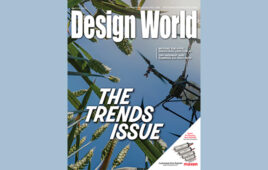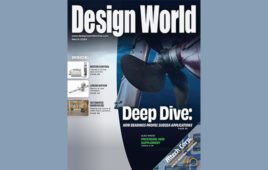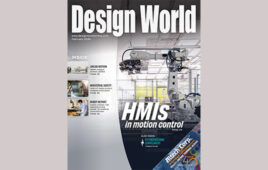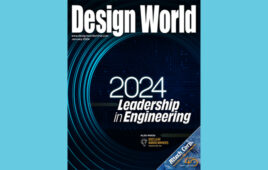What manufacturing can learn from Thailand
 Earlier this year, I was part of a journalist delegation to Thailand, the Southeast Asian country that’s probably known more for tourism than industrial engineering prowess. But after a week of touring manufacturing facilities that included such international heavyweights as Caterpillar and Nissan, I left with a new mindset for how industry needs to succeed in today’s global economy. And here are three key areas where I found that Thailand seems to be getting it right:
Earlier this year, I was part of a journalist delegation to Thailand, the Southeast Asian country that’s probably known more for tourism than industrial engineering prowess. But after a week of touring manufacturing facilities that included such international heavyweights as Caterpillar and Nissan, I left with a new mindset for how industry needs to succeed in today’s global economy. And here are three key areas where I found that Thailand seems to be getting it right:
1. Get government buy-in. Thailand’s government has been active in promoting investment in the private sector for decades. The Board of Investment, founded in 1966, actively works with manufacturers to encourage them to build factories in the country. There’s a liberal investment policy, with 100% foreign ownership allowed, no export requirements and no restrictions on foreign currency. Corporate tax exemptions are granted for up to eight years.
2. Education has to focus on emerging technology. Automation is here on the factory floor, so it’s best to embrace it. I toured the Institute of FIeld roBOtics (FIBO) at King Mongkut’s University of Technology, and it was refreshing to see such a variety of developments happening. Researchers and students were looking at the entire spectrum of robotics, from industrial to medical to entertainment. Thai universities know that there is a huge need for qualified engineers in this growing industrial space in their country, and they’re actively answering the call.
3. The right kind of training for blue collar workers is critical. We hear so much about the skills gap in the U.S., so I was really impressed upon visiting the Thai-German Institute, a joint initiative of those two countries. Founded two decades ago to be a conduit for transferring hightech industrial knowledge into the country, it’s blossomed into a training center for advanced manufacturing technology. They conduct short, medium and long term training in a realistic actual factory setting. More than 300 courses are offered on subjects including fluid power, predictive maintenance, PLCs, motors and drives, mechatronics, robotics, testing, welding and CAD. There’s a fantastic 12:1 student to teacher ratio, and you’ll generally find one student per machine, so this is truly hands-on learning.
Thailand’s industrial sector still has challenges, for sure. Leaders clearly want more R&D type investment, and that may be a difficult road. It’s one thing for foreign companies like Caterpillar or Nissan to build plants there, but the tougher push is trying to break past the assembly side of manufacturing. Higher incentives are in place for R&D type ventures, and it will be interesting to see if that gamble pays off.
In this Issue:
Modular reigns supreme with busbars and IEC standards
Current industry requirements provide new direction
Components for linear motion system change with the times
Enable efficient structures with friction stir welding
Filed Under: DIGITAL ISSUES • DESIGN WORLD





Tell Us What You Think!